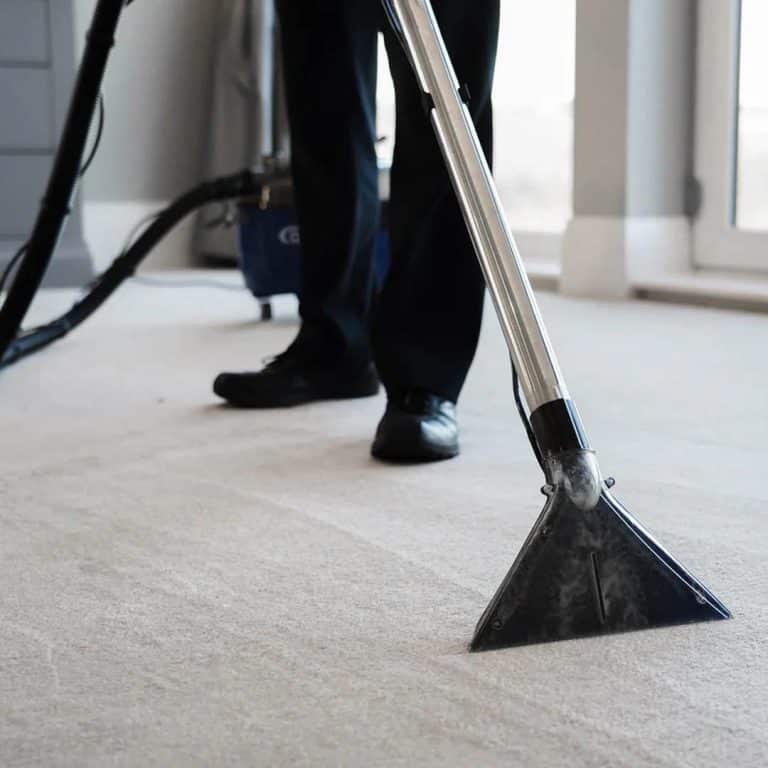Dirt, grime, and stubborn stains can turn even the most beautiful carpets into eyesores. Professional cleaning might seem like the only solution, but with the right tools and knowledge, homeowners can achieve remarkable results.
A carpet extractor is widely considered the go-to tool for deep carpet cleaning, offering a transformative approach to maintaining pristine floor coverings.
Read on to uncover the secrets of professional-level carpet cleaning and how a carpet extractor can elevate your home maintenance routine.
Understanding Carpet Extractors
Carpet extractors are sophisticated cleaning machines that go far beyond traditional vacuum cleaners. These devices use a combination of water, cleaning solution, and powerful suction to remove deeply embedded dirt, allergens, and stains from carpet fibers.
Unlike standard cleaning methods, carpet extractors work by injecting a precise mixture of water and cleaning solution directly into the carpet pile. The machine then immediately extracts the dirty liquid, pulling out contaminants that ordinary cleaning methods simply cannot reach.
As emphasized by The Carpet and Rug Institute, maintaining clean carpets is a crucial aspect of creating a healthy and welcoming indoor environment. This approach plays a significant role in ensuring that spaces where people spend the majority of their time remain comfortable, productive, and safe.
Carpet extractors simplify the process, making it easier to achieve thorough and effective cleaning while supporting a cleaner and more enjoyable indoor atmosphere.
How Carpet Extractors Differ from Traditional Cleaning Methods
Standard carpet cleaning methods often struggle to remove all dirt and moisture, leaving carpets susceptible to mold growth. According to the International Association of Certified Home Inspectors, carpets in basements, damp climates, or any area exposed to prolonged wet conditions are particularly vulnerable to mold.
This issue highlights the limitations of traditional cleaning methods, which may inadvertently contribute to these risks.
Carpet extractors provide a more effective solution by:
- providing deep cleaning capabilities
- removing up to 95% of dirt and bacteria
- minimizing moisture retention
- extending the life of carpet fibers
The Science Behind Deep Carpet Cleaning
Modern carpet extractors leverage advanced technologies to deliver exceptional cleaning results. The process involves multiple critical steps that ensure comprehensive dirt removal and carpet preservation.
Breaking Down Dirt and Stains
One of the critical components of deep carpet cleaning lies in the specially formulated cleaning solutions used by modern extractors. These solutions are engineered to tackle a wide range of contaminants. For instance, enzyme-based cleaners are highly effective at breaking down organic materials such as food particles, sweat, and pet accidents, targeting the root of odors and discoloration. Meanwhile, formulations designed for more stubborn stains, like oil-based spills or ink, employ surfactants and emulsifiers to dissolve and lift residues that traditional cleaners struggle to address.
Once these solutions are applied, the carpet extractor agitates the fibers, ensuring thorough penetration. This step loosens dirt and grime embedded deep within the pile, preparing it for effective extraction. Suction then removes the dissolved dirt and cleaning agents, leaving the carpet clean and free from chemical residues.
Preserving Carpet Longevity
When used correctly, modern extractors help preserve carpet texture, color, and structural integrity. However, improper use (such as excessive water, incorrect chemicals, or aggressive brushing) can potentially damage delicate carpets, cause dye bleeding, or roughen textures over time.
Many extractors also feature moisture management systems to prevent over-wetting, which can lead to shrinkage, mildew, or prolonged drying times.
Choosing the Right Carpet Extractor for Your Home
Not all carpet extractors are created equal. Professional-grade models offer features that make a significant difference in cleaning effectiveness. Selecting extractors with HEPA filtration is recommended to improve indoor air quality.
Other key considerations when selecting a carpet extractor include:
- tank capacity
- suction power
- cleaning solution compatibility
- portability
- additional attachments
While professional models offer maximum performance, many consumer-grade extractors provide excellent results for home use. Understanding your specific needs helps make the most informed decision.
Mastering Carpet Extractor Techniques
Achieving professional-level results with a carpet extractor requires precision and adherence to proper technique. The process begins with thoroughly vacuuming the carpet to remove loose dirt, dust, and debris. This step is essential to prevent surface grime from interfering with the extractor’s deeper cleaning capabilities.
Before beginning the extraction process, pre-treat any visible stains using a targeted cleaning solution suitable for the type of spill or dirt. Pre-treatment allows the solution to break down stubborn marks, making them easier to remove during extraction.
Divide the carpet into small, manageable sections to ensure even and complete coverage. Work systematically, starting from one corner of the room and progressing methodically to the next. When using the extractor, follow slow and steady strokes, overlapping each pass slightly to prevent streaks and ensure comprehensive cleaning. Pay close attention to heavily trafficked areas where dirt accumulates more deeply.
Finally, allow the carpet ample time to dry after the extraction process, ensuring ventilation in the room to expedite drying and maintain the integrity of the fibers. Mastering these techniques ensures that carpets are cleaned thoroughly and preserved for long-term use.
Maintenance and Care of Your Carpet Extractor
Regular maintenance ensures your machine continues performing at peak efficiency. Clean the tanks after each use, replace filters as recommended, and store the extractor in a dry, cool location.
Conclusion
Carpet extractors offer a game-changing approach to home floor maintenance. By understanding the technology, techniques, and benefits, homeowners can achieve professional-level cleaning results with confidence and ease.
Frequently Asked Questions
1. How often should I use a carpet extractor?
For high-traffic areas, extraction cleaning is recommended every 3-6 months. Low-traffic areas can be cleaned annually.
2. Can carpet extractors remove all types of stains?
While highly effective, some extremely set-in or specialized stains might require professional treatment.
3. Are carpet extractors safe for all carpet types?
Most modern extractors work well with various carpet materials, but always check manufacturer recommendations for your specific carpet type.
4. How long does a carpet take to dry after extraction?
Typically, carpets dry within 6-10 hours, depending on humidity and ventilation.










